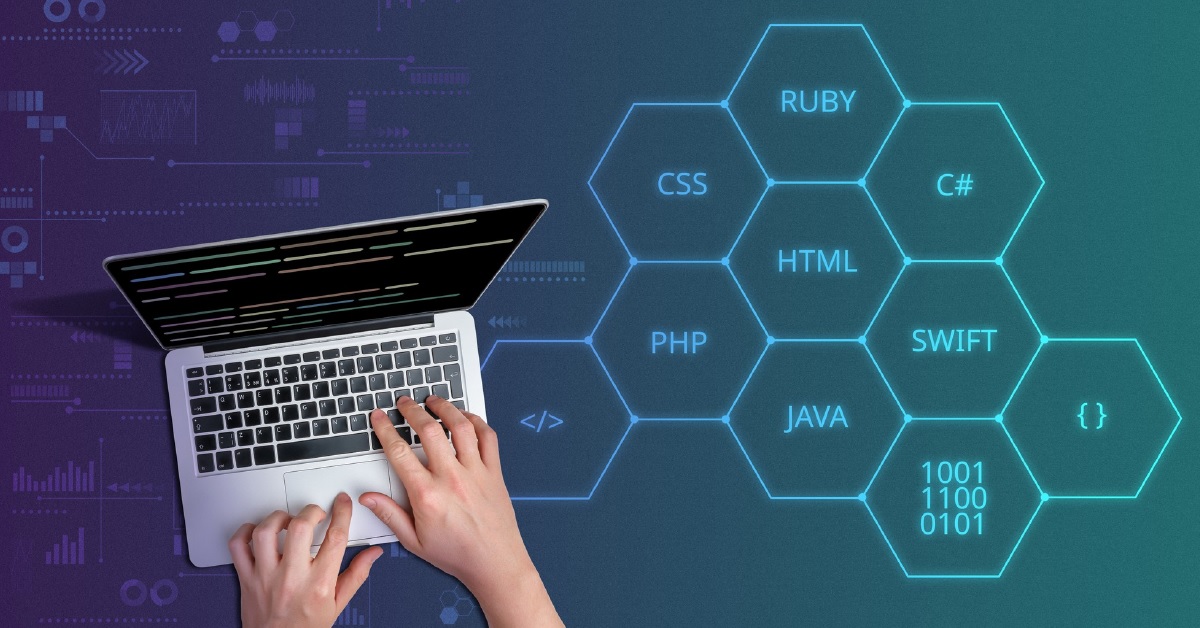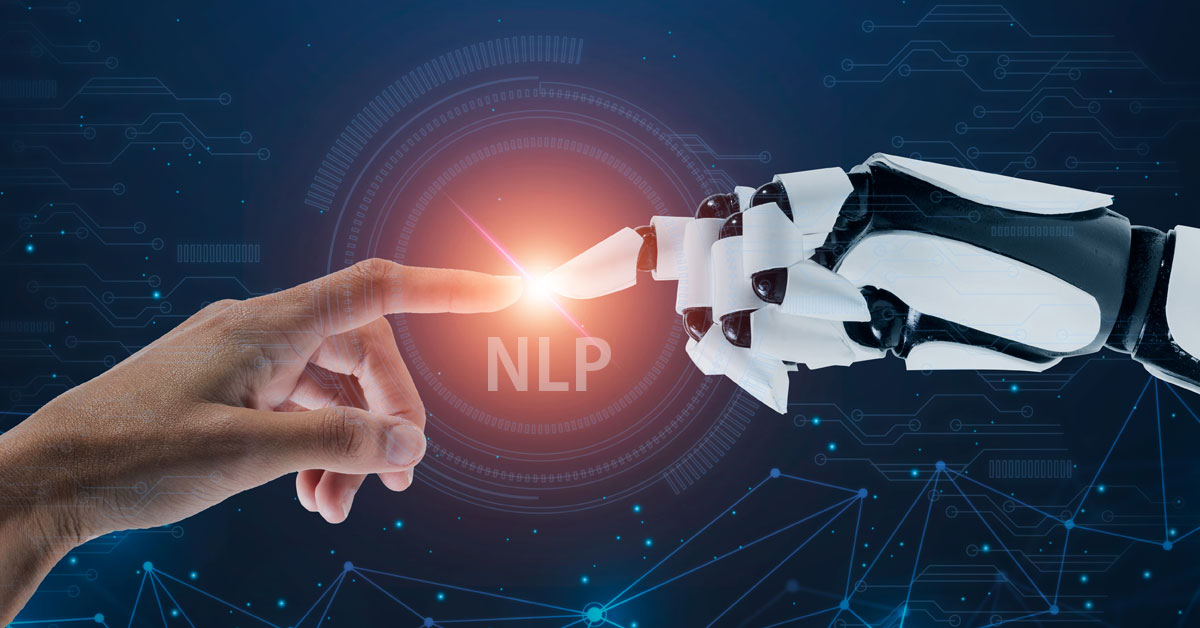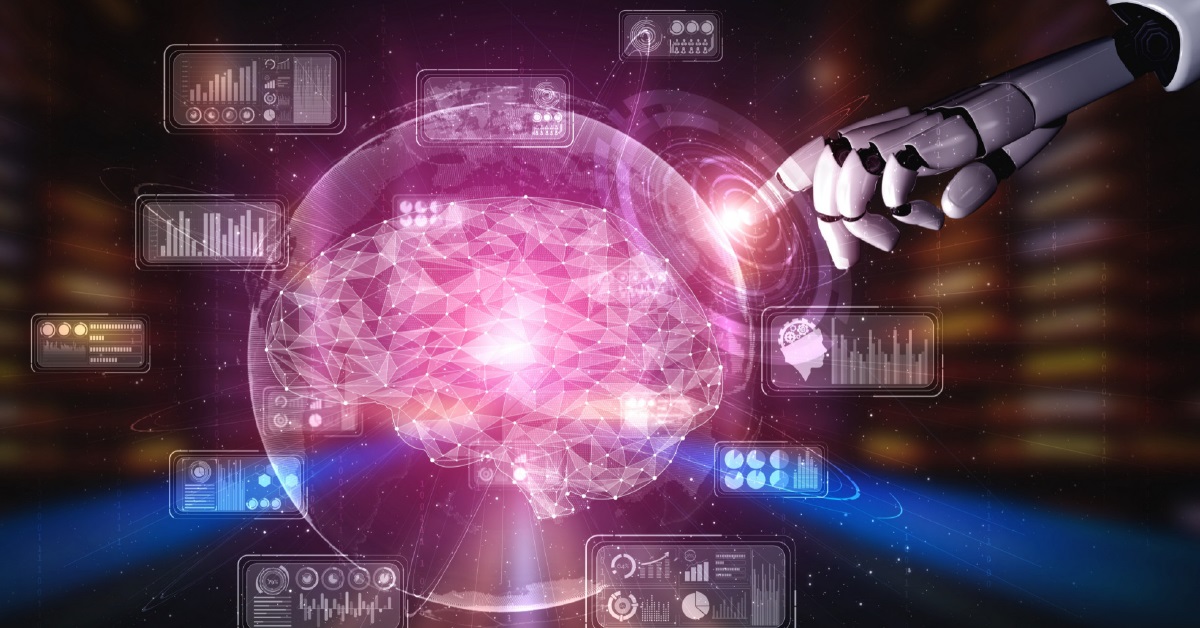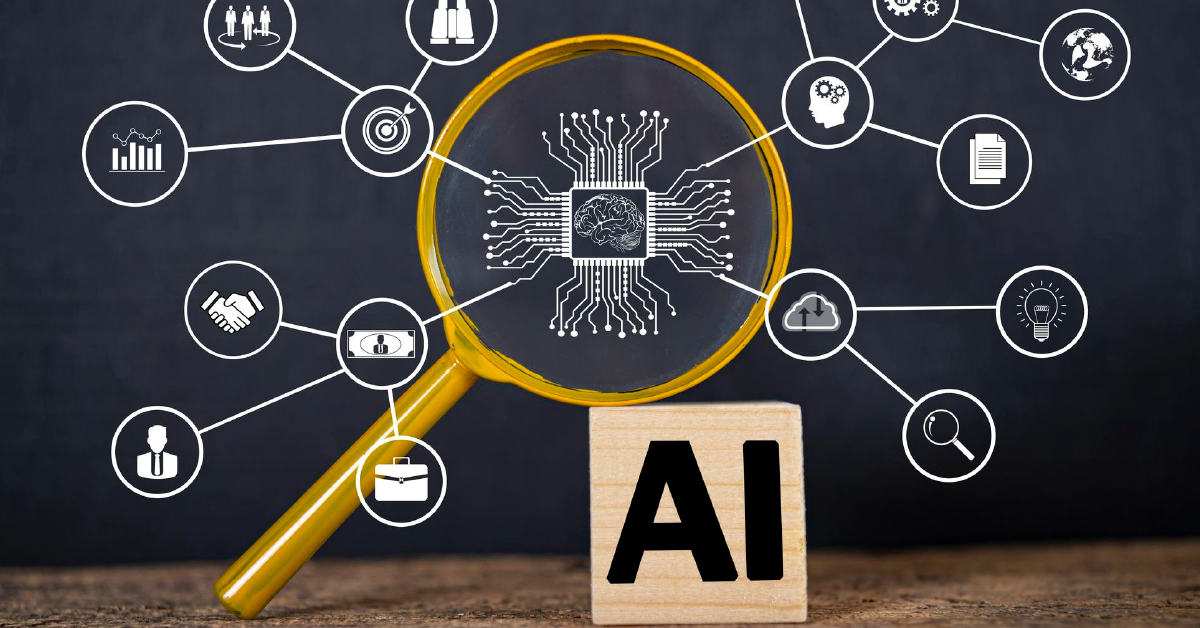NLP in Robotics: Enhancing Human-Robot Interaction
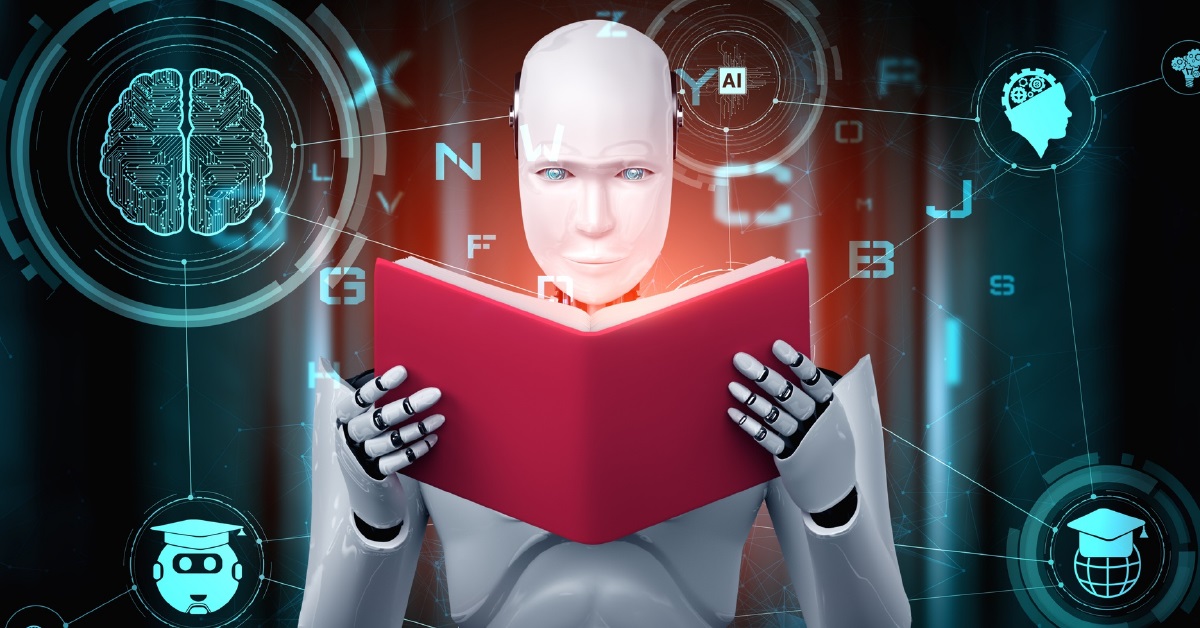
6 min read
The way we communicate with machines is evolving due to the convergence of robotics and natural language processing. It has opened up a whole new range of possibilities in human robot interaction, from interacting meaningfully with humanoid robots to providing commands to robotic helpers in our homes. In addition to streamlining several industries, robots’ comprehension and response to human language have opened the door for more effective and user-friendly human-robot communication.
What are NLP and Robotics?
Within Artificial Intelligence, Natural Language Processing aims to provide computers with the ability to understand, translate, and produce human language. It builds systems that can handle and evaluate massive volumes of natural language data by fusing linguistics, computer science, and artificial intelligence. However, robotics is the study of robot design, operation, and maintenance. Over the years, technological improvements have led to the widespread application of natural processing language in several domains, including healthcare, finance, education, customer service, and robots.
Applying NLP techniques to robotics has created new opportunities to improve human-robot interaction. Traditional robot-human communication consisted of the robot responding to simple sensor-based or preprogrammed commands. On the other hand, humans can converse with robots in natural language, asking questions or making commands, just like they would with a human.
How is NLP Utilized in Robotics?
In the field of human-machine interaction, the incorporation of Language Processing into robotics represents a significant advancement. It transforms human-robot communication by enabling robots to understand, decipher, and produce human language. One of the fundamental language processing uses is speech recognition, which lets users communicate with robots by asking them questions, giving them commands, or having informal conversations. Natural Language Understanding (NLU) improves it even further, which allows robots to understand context, recognize purpose, and react appropriately. This feature expands the range of applications, from manufacturing and healthcare to customer service and education, and improves the calibre of human-robot dialogues.
Language creation and translation further enhance NLP’s potential since these technologies enable robots to speak across linguistic borders and offer instructions, explanations, and multilingual communication. Sentiment analysis allows robots to understand customers’ emotional states, particularly useful in customer service, medical, and senior care settings. Applying it to robotics facilitates industry efficiencies. It enhances human-machine interaction, paving the way for a time when robots serve as dependable allies rather than merely tools.
Advantages of Using NLP in Human-Robot Interaction
In recent years, robotics has used conversational AI to improve human-robot interaction. This technology has completely changed how people think about, create, and program robots.
The application of language technology in human-robot interaction has been widely adopted in the robotics industry due to several advantages. Among these benefits are the following:
-
Enhanced Interaction
Language processing facilitates more organic and intuitive interactions between robots and humans. Robots that comprehend human language can reply to spoken instructions and inquiries from people in a suitable manner. Because of this, interacting with robots is now more straightforward for humans and doesn’t require any specialized training or technological expertise.
-
Improved Human-Robot Collaboration
Speech processing-using robots can comprehend spoken language and its meaning. It enables them to collaborate with people on projects that call for the knowledge and input of both sides. For instance, it can help ensure smooth communication between workers and robots in industrial industries where human-robot collaboration is essential for assembly line operations.
-
Greater User Experience
Using it in human-robot interfaces has dramatically enhanced the general user experience when engaging with robots. It is now possible for consumers to engage with robots using speech or text inputs, just like they would with a human, without the need for physical controls or complicated programming languages. It becomes more pleasurable, intuitive, and natural due to this relationship.
-
Greater Flexibility
Robots may process and understand various languages, dialects, and accents. As a result, they are more adaptive and versatile and can be used in multiple contexts and cultures. For example, an NLU-programmed robot may effortlessly transition between Spanish and English when conversing with individuals from various backgrounds.
-
Enhanced Efficiency
Robots that know human language can perform jobs more effectively without intricate programming instructions. Businesses may now use robots more affordably due to the decreased time and resources needed for reprogramming and training.
-
Personalization
Through language processing, robots can adapt their interactions to users’ tastes and demands. For example, a robot personal assistant can be trained to recognize a user’s preferences and modify its actions to deliver a more customized experience.
It has significantly improved human-robot interaction by boosting user experience, communication, teamwork, flexibility, efficiency, and personalization. As this technology develops, we may anticipate increasingly complex interactions between people and robots in various contexts and businesses.

What are The Potential Prospects for The Combination of NLP and Robotics?
With so many exciting possibilities, human-robot interaction is about to enter a new era because of the discipline of robotics’ natural language processing AI. Robots with sophisticated language comprehension capabilities will find greater and greater integration into our daily lives as this technology advances. Robots skilled in the quickly developing subject of emotion identification will be able to detect human emotions, allowing for more compassionate and customized interactions. It has significant ramifications in industries like healthcare, where robots may offer patients and caregivers emotional support. Further dismantling linguistic barriers and enhancing multilingual capabilities would enable robots to interact fluently with individuals with various linguistic backgrounds. Driven robots in the classroom can provide interactive, adaptive, and personalized learning experiences tailored to every student’s needs.
Collaborative robots will become more sensitive and adaptive in industrial settings, enabling them to operate more safely and effectively alongside people. Furthermore, as chatbots and virtual assistants continuously improve, users will receive more human-like responses, enhancing the user experience. Responsible AI governance is crucial as ethical considerations and data privacy remain at the forefront of robotics research.
NLU in robotics essentially foretells a world in which machines can understand, react, and adjust to human language and emotions, transforming daily life, industry, healthcare, and education. Beyond improving our productivity and comfort. These developments will open the door to a more compassionate and peaceful coexistence between humans and robots.
Ethical Considerations
Ethical considerations heavily influence the development and application of natural language processing technology in robotics. Addressing ethical issues that can surface as they develop and permeate more aspects of our everyday lives is critical.
Private privacy is one of the primary ethical issues. With voice recognition technology, robots can now analyze and store personal data, including conversations, preferences, and habits. It queries who will utilize this info and how. Developers must put robust procedures in place for managing this sensitive data. Such as asking users for their informed consent and making sure safe storage practices are used.
Another consideration is the potential bias in NLP algorithms. Due to the enormous datasets used to train these algorithms. There may be innate biases based on racial, gender, or socioeconomic background. When engaging with robots through language technology, these biases may result in discrimination against specific groups if they are not adequately addressed. Developers must take action to reduce biases in their algorithms by routinely testing and auditing them for them.
In addition, there are moral ramifications for how NLP affects job prospects. There is fear that particular people or entire industries may lose their jobs! When advanced natural language processing capable robots invade different areas and replace human workers. Developers need to be aware of these implications and strive to put acceptable deployment procedures that limit detrimental effects on employment.
The application of language technology in robotics raises additional ethical issues in addition to these. These include matters like algorithmic accountability and transparency, the possibility of heightened surveillance. And the general effects of these technologies on society.
Prioritizing responsible and ethical design principles is essential for developers building NLP-enabled robots to solve these ethical issues. To ensure transparency and accountability in algorithmic decision-making. It is necessary to incorporate a range of perspectives during the development process, periodically evaluate and address biases, and consider the possible societal consequences of the technology being developed.
Conclusion
To sum up, incorporating Natural Language Processing into robotics has brought about a revolutionary phase in human-robot communication. These clever machines are now more than simply tools; they are our companions, able to read human language and comprehend, reply, and even anticipate our needs. It has enabled robots to perform various communication tasks, including translation, speech recognition, and natural language understanding. This deep integration has improved productivity, safety, and accessibility across industries and found uses in healthcare, manufacturing, customer service, education, and more.
The applications of natural language processing in robotics are endless. More intuitive and sympathetic interactions are anticipated with the arrival of better multilingual capabilities, emotion recognition, and chatbots. But as this exciting future unfolds, it raises ethical questions that need to be answered as the field develops, from privacy issues to responsible AI governance.
Natural language processing in robotics is a technological achievement in an ever-changing context. It shows how we may interact with technology in more inclusive, flexible, and natural ways. Our world of human-robot contact without boundaries and boundless possibilities for cooperation, improving our lives and society, is becoming closer with every breakthrough.
Published: October 26th, 2023

